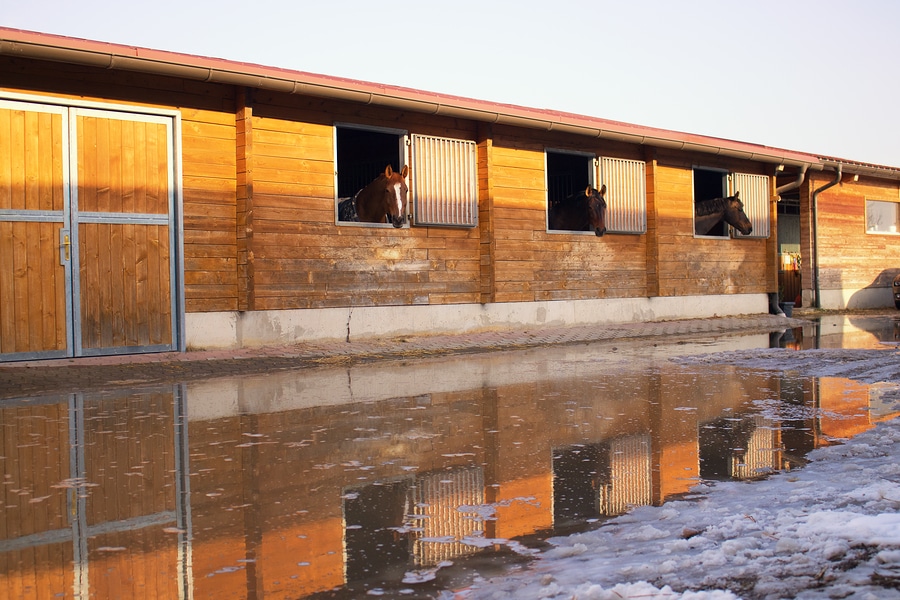When researching horses before deciding on the perfect animal companion in your life, or even when learning more about the animals you already own and love, you may come across the problem of wind sucking. But what is wind sucking in horses, exactly? Why do horses do it? And, most importantly, are there any prevention methods, or solutions for getting them to stop?
We have answered all of these questions and more in the guide below. Read on and find out everything you need to know about wind sucking and become more informed as an owner, so your animals stay as happy and healthy as possible.
What is Wind Sucking in Horses?
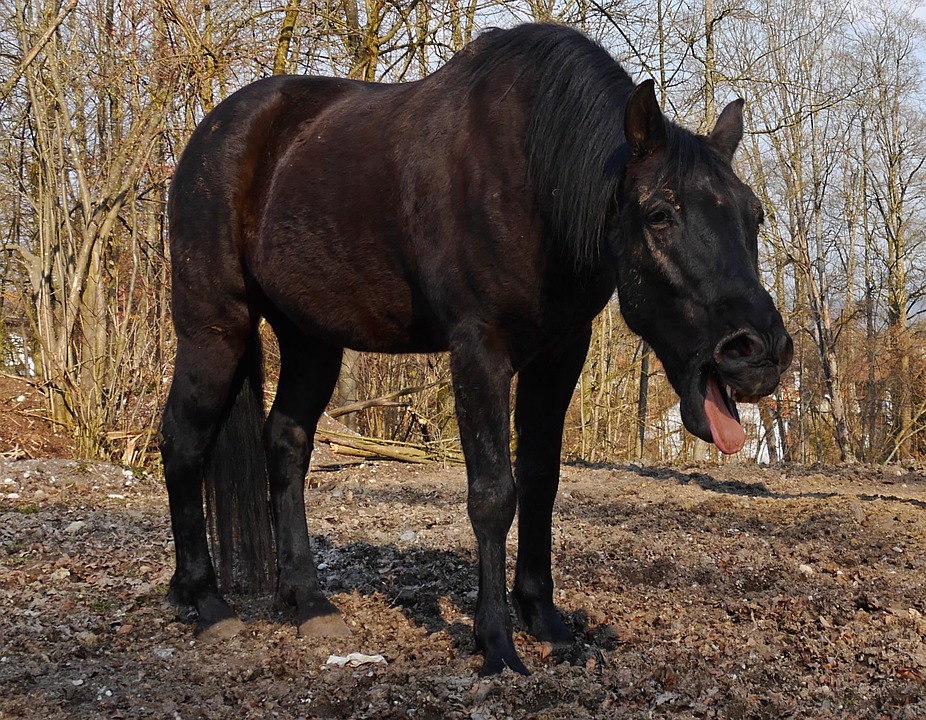
Wind sucking, which you might also see written as āwindsuckingā is a repetitive oral behaviour seen in stabled horses. Itās a stable vice (an undesirable stereotypic behaviour) where a horse will open its mouth and flex its neck, noisily grunting and gulping air. The act has no apparent goal, though several animal behaviourists believe it fulfils a physiological need.
As the characteristics and habits of horses vary, so too does their manner of displaying this behaviour. Some may even choose to engage in the behaviour only when they know they are alone, and will not do it if they realise they are being watched.
Windsucking is normally associated with another similar behaviour, which is known as ācrib bitingā or ācribbingā. Often, the terms will be used interchangeably. They should not be confused with another behaviour and stable vice, wood chewing.
How Are Crib Biting and Windsucking Similar?
Crib biting and windsucking are almost the same behaviour, though when horses crib bite they will normally bite down onto an object such as a fencepost before they gulp the air.
How Common is Windsucking?
In terms of stable vices and behavioural problems, windsucking and cribbing are not considered unusual. According to experts, the prevalence of these issues in captive domestic horses ranges from somewhere between 2.1% and 10.5%, depending on the population studied. This should help to alleviate a few causes for concern ā even if windsucking and cribbing are undesirable abnormal behaviours, they are not so peculiar that they cannot be identified and that nothing can be done about them.
What Are the Causes of Crib Biting and Wind Sucking?
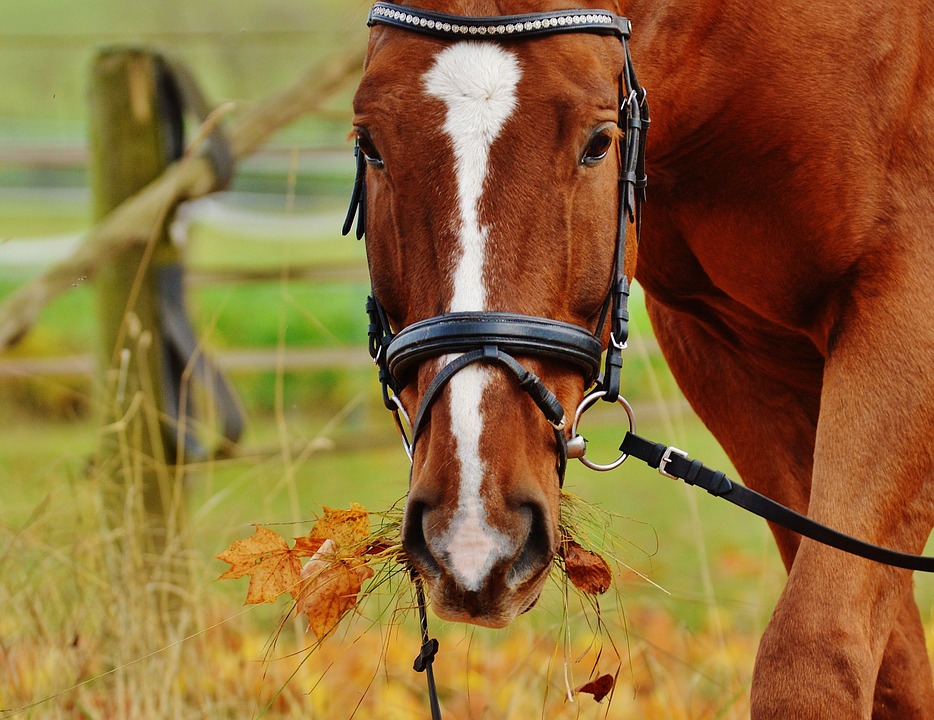
No one knows the cause of wind sucking in horses, though many theories and potential causes have been suggested. For many horses, it is thought to start based on frustration, boredom, or stress, perhaps as a coping mechanism, and becomes an established behaviour that persists even when the horse is on pasture. For others, however, it may be based on an issue with their feed, or even something medical:
Feeding Management
Feeding management is thought to have a lot to do with a horseās tendency to windsuck. Setting a horse up on a diet mostly made up of high-sugar, sweet feeds, offering limited roughage, or even not feeding them for long periods have all been listed as common denominators.
Providing horses with a high-grain diet has also been shown to increase this behaviour, and itās been suggested that this is because it stimulates endorphin release. In turn, this stimulates dopamine release.
Stomach Acidity and Ulcers
In more recent years, there has been a strengthened link between cribbing and stomach ulcers, though it cannot be said that one causes the other. Many horses crib and windsuck without having ulcers, and many horses with ulcers will not display these behaviours. Despite this, it is known that foals who windsuck have more serious stomach ulceration than those who do not, and the act of windsucking stimulates the vagus nerve. This increases the pH of the stomach, making it less acidic.
A widely held (yet debatable) belief is that cribbing is a horseās releasing saliva, which then buffers stomach acid. But studies have shown that cribbers have a lower baseline level of saliva than non-cribbing horses, and while administering antacids to cribbers does raise the pH of their stomachs to make them less acidic, it does not reduce the amount of cribbing.
Other experts have suggested that windsucking and cribbing are the horseās efforts and attempts to release saliva in the absence of roughage. This is not completely sound as a theory, though, as the amount of time a horse may spend cribbing can interfere with roughage intake ā even when it is freely available.
Is Windsucking an Inherited Behaviour?
While crib biting and wind sucking are not solely inherent behaviours, they are behaviours that can be inherited, according to some specialists. It has been noted that Thoroughbreds in particular have the largest population of cribbers within a breed (between 8% and 13%), though experts have often quickly pointed out that this is nothing to do with racing, as Standardbreds undergo similar training, housing, and feeding regimen, but their risk of starting the behaviour is much lower.
Similarly, several studies have confirmed a high incidence of cribbing in dressage horses. This discipline often includes many Warmblood breeds, which are genetically linked to Thoroughbreds. Conversely, school, pleasure, and endurance breeds have all been shown to be the least prone to cribbing.
Some have also argued that higher cribbing rates in certain breeds are more about how they are managed than their genetic makeup. This has led to the increased belief that an individual horse might have a genetic predisposition towards cribbing, but the behaviour will not necessarily be triggered until he or she is subjected to stressors related to lifestyle.
The Consequences of Wind Sucking in Horses
Most horses that windsuck will not suffer any ill effects at all as a result of it, or cribbing. More often, it will annoy those around the horse rather than the horse themselves! However, in some cases, the behaviour can lead to more serious issues in different parts of the horseās anatomy.
To give an example, if it continues over a long time windsucking can cause pronounced hypertrophy (enlargement) of the neck muscles. There may also be wear and erosion of the upper incisors, and in the most severe cases it can progress to the extent where the top and bottom incisors no longer meet when the horseās mouth is shut. This leaves them unable to graze effectively.
Studies have shown that horses that display crib biting or windsucking behaviours are at an increased risk of both temporohyoid osteoarthropathy (THO) or āmiddle ear diseaseā and colic.
Some horse owners have also found that their windsucking horses prefer the behaviour over eating, thereby also causing them to lose weight and their body condition to deteriorate.
How to Prevent Horses from Crib Biting or Wind Sucking
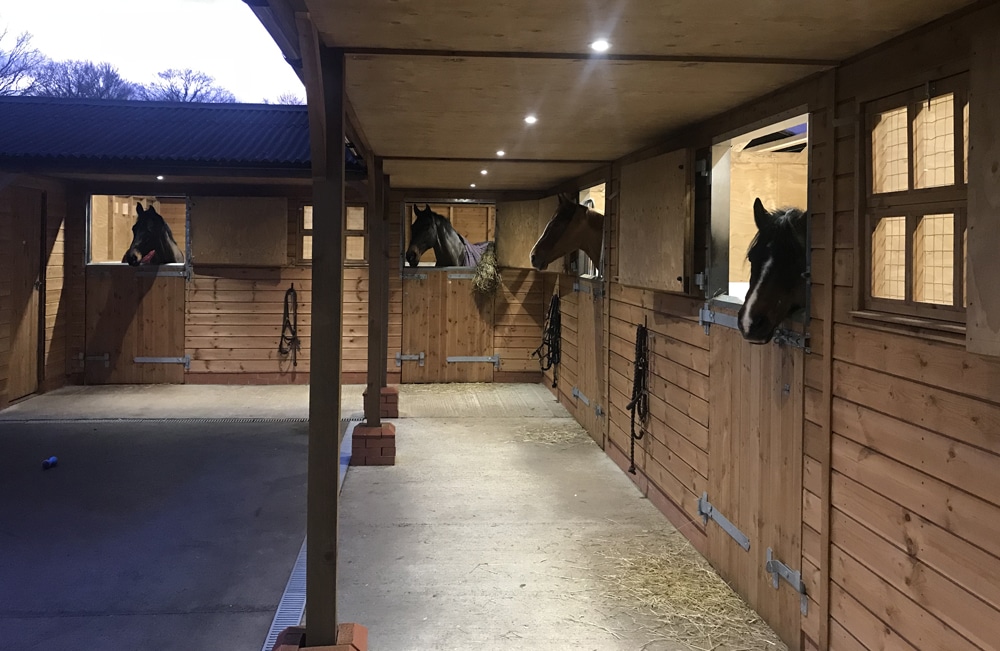
Some experts have suggested that, as the majority of horses wonāt be affected by cribbing in the long term, it may be best to ignore the behaviour if the crib biter is in an otherwise good condition. However, many horse owners choose to look for a prevention method anyway, as some have said that other horses may mimic the behaviour that they see in stable companions (though this is heavily debated and disagreed with by many).
There is a range of different methods that have been noted to act as cribbing or windsucking prevention. None of these has been shown to work in every case, as every horse is different, but some may work on different horses if they are tried out:
Stemming Boredom and Stress
Many horses will start to windsuck based on boredom or stress and may develop other stable vices as a result as well. Decreasing these may be key to stopping a horse from keeping up the behaviour. Itās also the recommended course of action before you attempt anything else to prevent the behaviour.
Turning your horse out into their paddock every day for a good amount of time, spending quality time with them, and installing horse toys that they can play with have all been noted to help prevent cribbing. Smearing some of these with treacle or molasses, or introducing a favourite treat every once in a while can aid in this, too, as can splitting your horseās daily hay ration into smaller, more frequent hay-nets to keep them occupied.
Keeping your horse regularly and sufficiently exercised will also help to ensure theyāre not bored, either. Making their work varied and interesting is an excellent way to reduce the chance of them wanting to crib-bite.
Choosing the Right Animal Companion
Keeping cribbers and windsuckers away from other horses, but providing them with companionship in the form of another animal (perhaps a donkey), has been suggested to help stem the behaviour in all your horses. It discourages the behaviour in the crib biter and ensures other horses donāt pick the behaviour up while ensuring everyone gets the social contact that they need to be happy.
You should not attempt to keep a windsucking horse in solitary confinement to stop other horses from mimicking the behaviour, as this is likely to worsen the problem in the horse currently displaying it. It may also cause other issues.
Having the Right Stable Fittings
Professionals often suggest that you get the right fittings on and around your stable to keep horses from cribbing. This might mean fitting a stallion grill or an anti-weave grill to the front of your stable door, as this stops them from being able to get their teeth at the stable wall or the door frame edges.
You may also consider metal chewstrips in the same place, and have metal door frame protection fitted to the edges of the stable door opening. An extra long chewstrip thatās fitted down the front of the stable door is also considered a good idea, as it will prevent a horse from dragging its teeth up the front of the door itself.
If you are purchasing new stables for your horses, you should ensure that they are fully lined with structural-grade plywood. This prevents your animals from chewing on the vertical supports of the stable, preventing them in turn from getting stomach problems and keeping your stable as strong a structure as needed.
Keeping a Clear Stall
Keeping your horse in a clear stall, without a feed trough, waterer, or anything solid that it can place its incisors on, has been reported to work as a deterrent for cribbing. It must also be noted that the cribbing is likely to recur if the horse is returned to the environment where it developed the vice in the first place.
Using Bits or Collars
There are a few preventative devices that horse owners will sometimes use as solutions for windsucking. Cribbing collars (a kind of leather strap), for instance, work when they are fastened snugly around a horseās throat latch. Then, when the horse tries to arch its neck to crib or windsuck, pressure from the strap will cause discomfort and make them stop.
Some cribbing straps and collars will have points on the inside or a metal āgullet-pieceā. These have a recess for the trachea but may also put more pressure on the throat latch when a horse tries to arch its neck. Many of these straps also have a heart-shaped piece of thick leather that sits between the angles of the jaw, with the pointed ends protruding into the space between the jaw.
Using these straps and collars has been shown to, at least initially, aid in the general reduction of wind sucking. However, it has also been found that some horses will resume or continue cribbing despite the strap, and may eventually develop pressure sores from the strap itself. This will require its removal. You should also ensure that your horseās straps are snug enough to be effective but arenāt tight enough to interfere with breathing. Some may also need to be removed or loosened during feeding, but this will not always be the case.
As well as collars, you can also consider getting your horse a hollow, cylindrical, perforated bit. These prevent a horse from making its mouth airtight. Using a thick rubber or wooden bit that prevents a horseās jaws from closing might also be successful, but this causes acute discomfort for the animal and is therefore not recommended.
Using Anti-Crib Paint
Painting certain objects, such as fences, with anti-crib paint may help curb the behaviour and save damage to your property at the same time.
Using the Right Fences
Running a line of electric fencing along the top of your post and rail fencing, or sectioning off an area of your field with portable electric fencing, will stop your horse from having anything to grasp hold of when they wish to crib-bite.
Using Ulcer Prevention Methods
If stomach ulcers are the cause, then having this problem treated and carefully managed can help to reduce cribbing. Vets should be able to offer you different medications to help with this, and setting up more frequent feedings with increased roughage and fewer grain concentrates may also be beneficial.
If you are ever in doubt, donāt hesitate to speak to your vet.
A Warning About Timber Treatments
It is also important to note that you should not stable your horses inside a timber loose box that has been constructed with tanalised treated timber that contains arsenic, copper, and zinc. These are extremely toxic chemicals contained within the treatment, and if you have a horse that is a crib biter, they are likely to ingest this highly-dangerous material. As a result, they may develop stomach problems that could eventually become more serious health issues in the future.
Wherever possible and when building new stables for your property, you should find a supplier that uses an animal-friendly treatment when completing their structures. Prime Stablesā builds, for instance, are all treated with an animal-friendly preservative before the product is put together and installed. This also gives any new stable a pleasant, golden brown finish.
If using certain timber treatments is unavoidable, you should instead ensure that all your stables are fully lined with structural-grade plywood. All exposed edges around doorways should also be protected with moulded metal chewstrips.
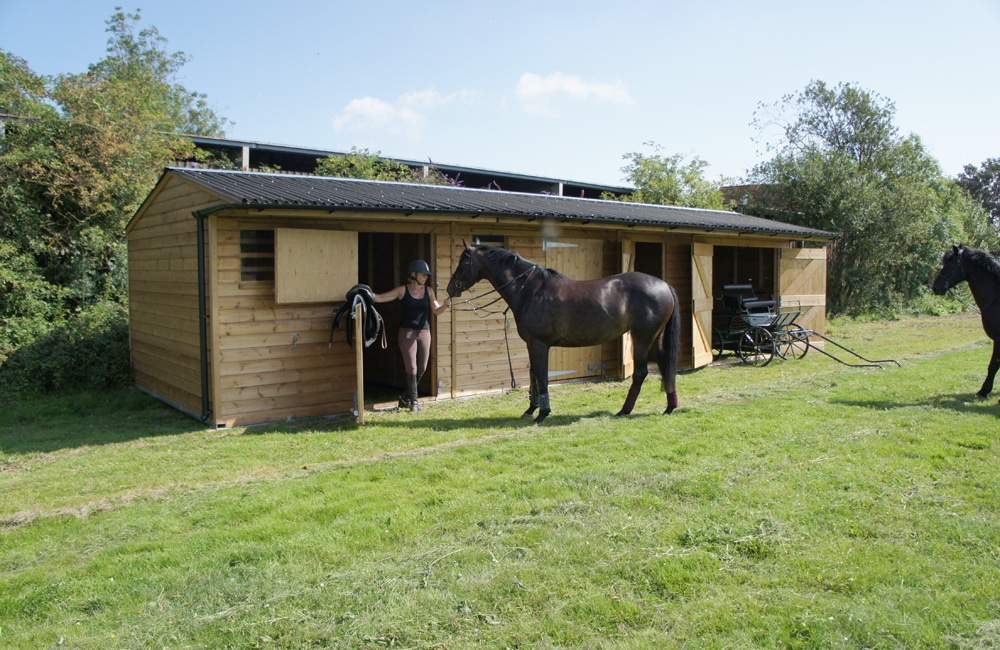
Keeping Your Horses Comfortable
If you wish to ensure that your most beloved animal companions are kept as happy, healthy, and comfortable as they can be, Prime Stables will have something to help. Whether you require supplies for their stabling and exercise, mobile or static stable blocks or field shelters for the most luxurious living, or the safest and secure hay barns, we can provide them for you.
We will be delighted to offer you a range of bespoke solutions for all of our builds as soon as you get in touch, and our friendly team will be glad to answer any questions you have before we begin. Together, we can help you come up with the perfect solution for keeping all of your horses, ponies, donkeys, and alpacas in the way of life that you know they deserve.
